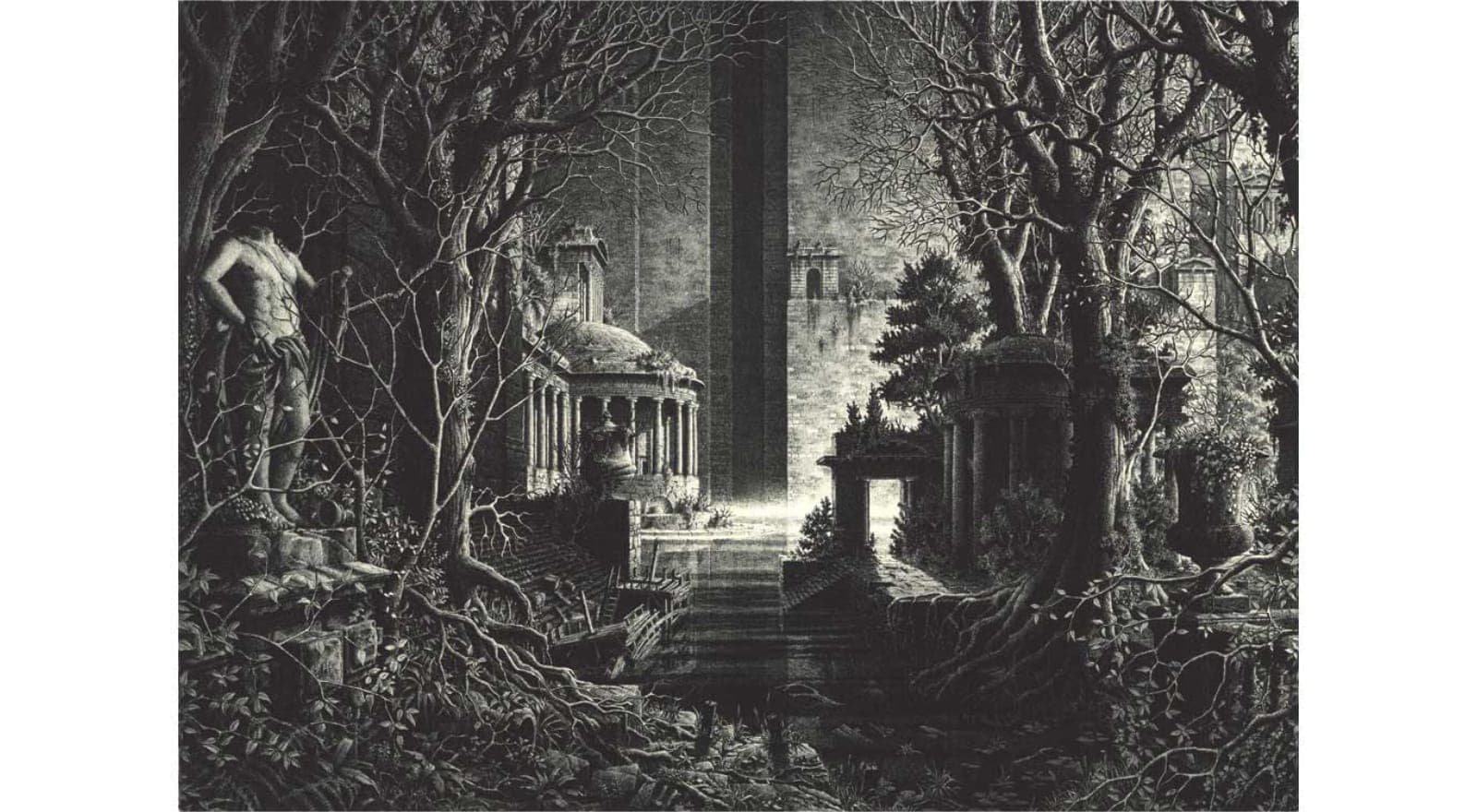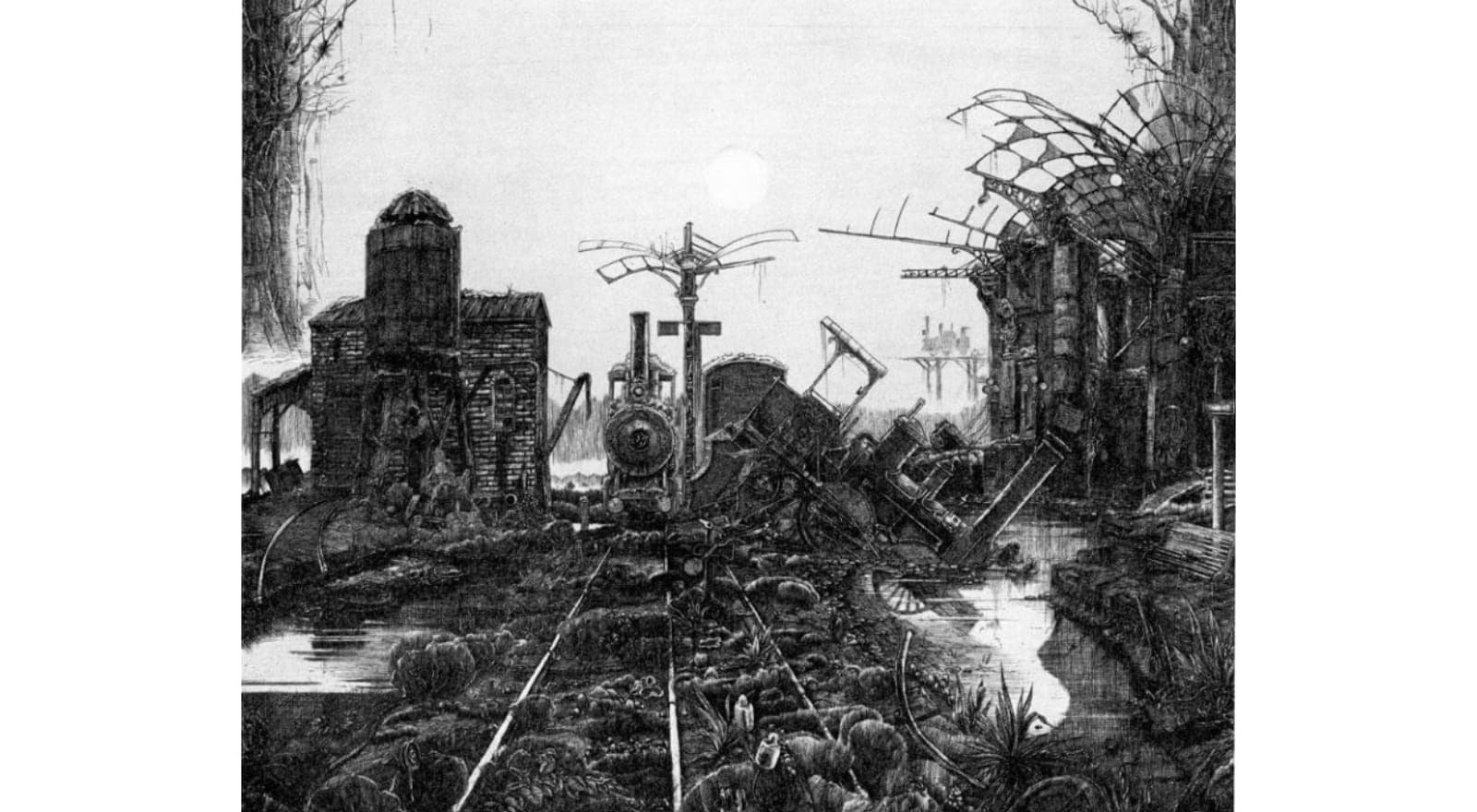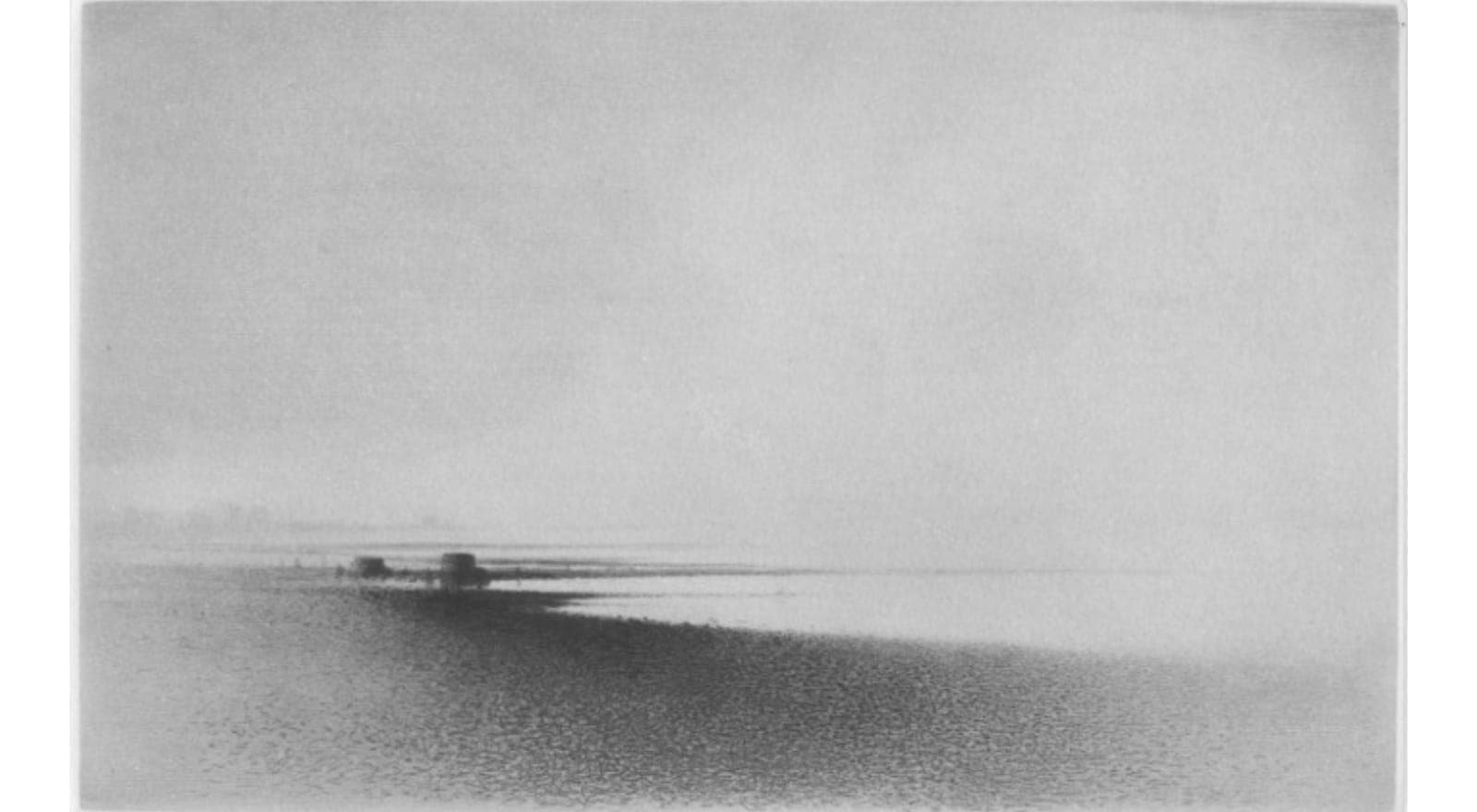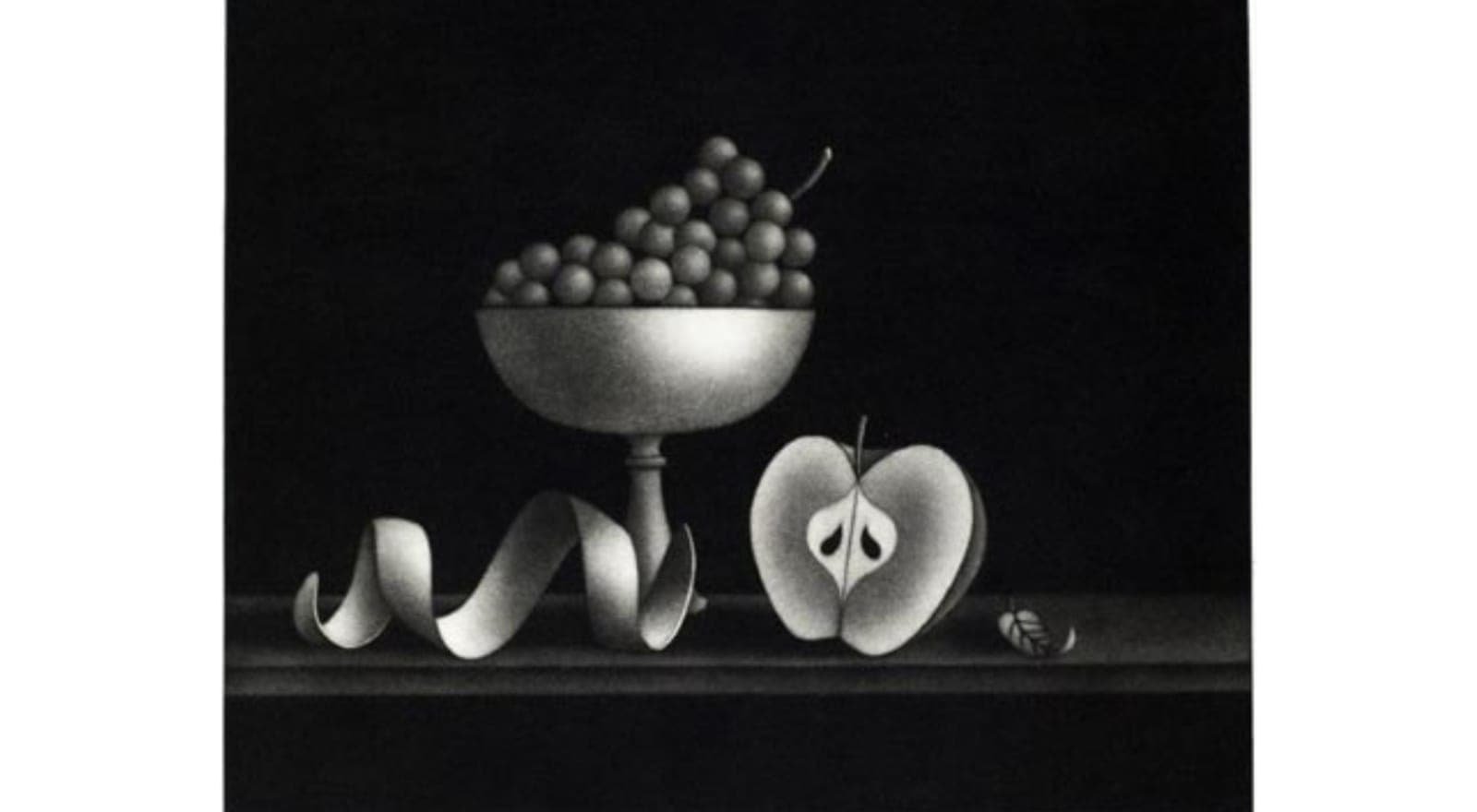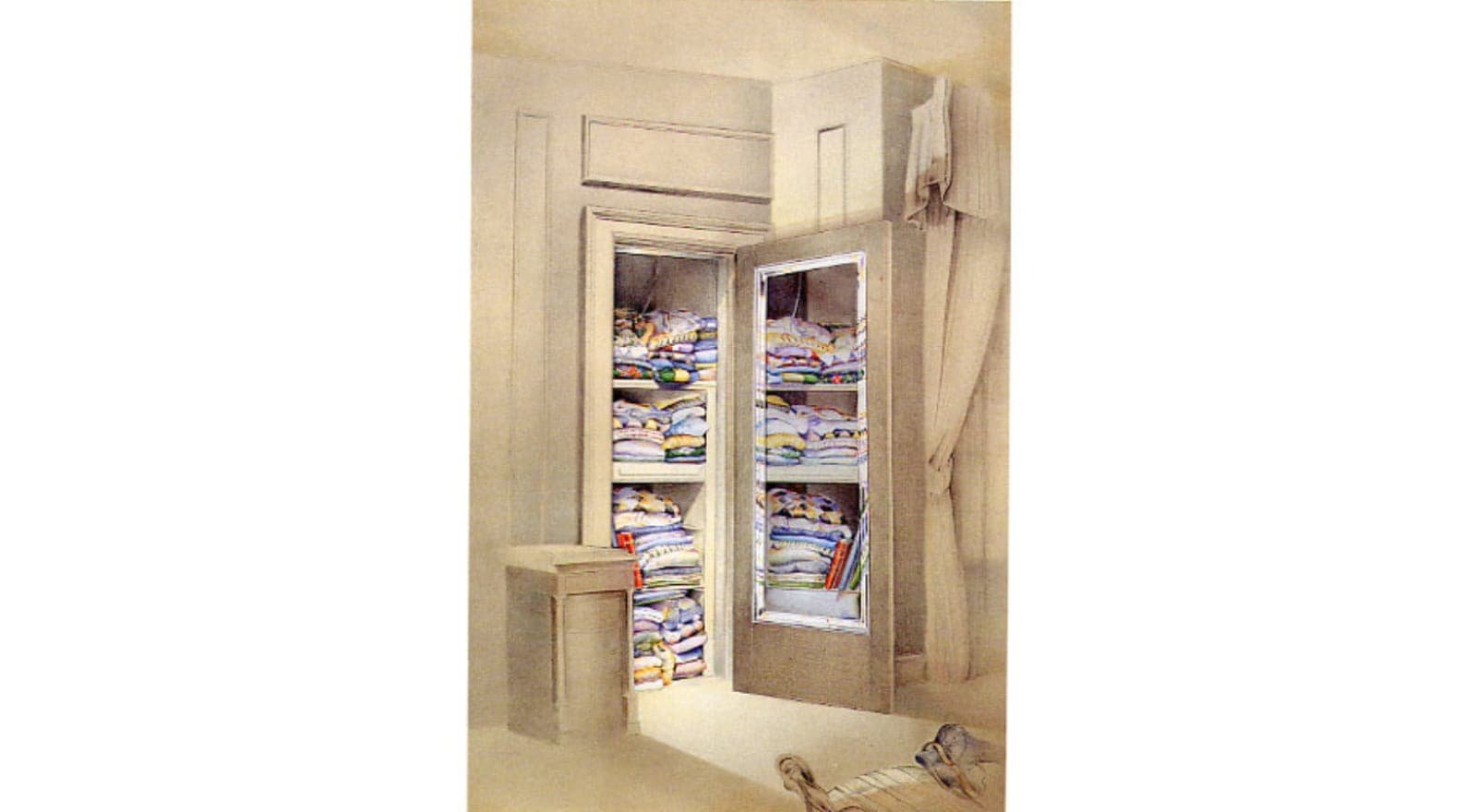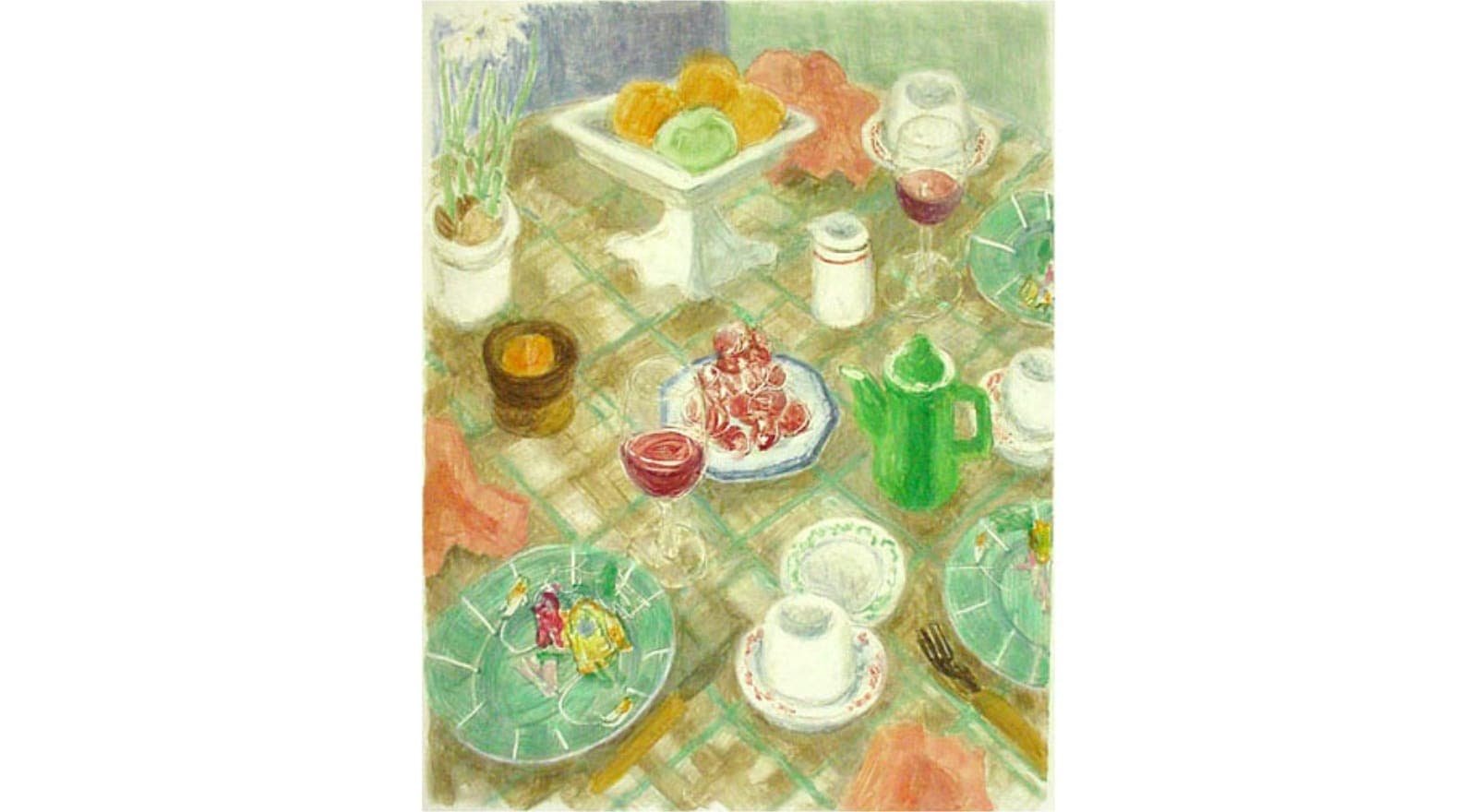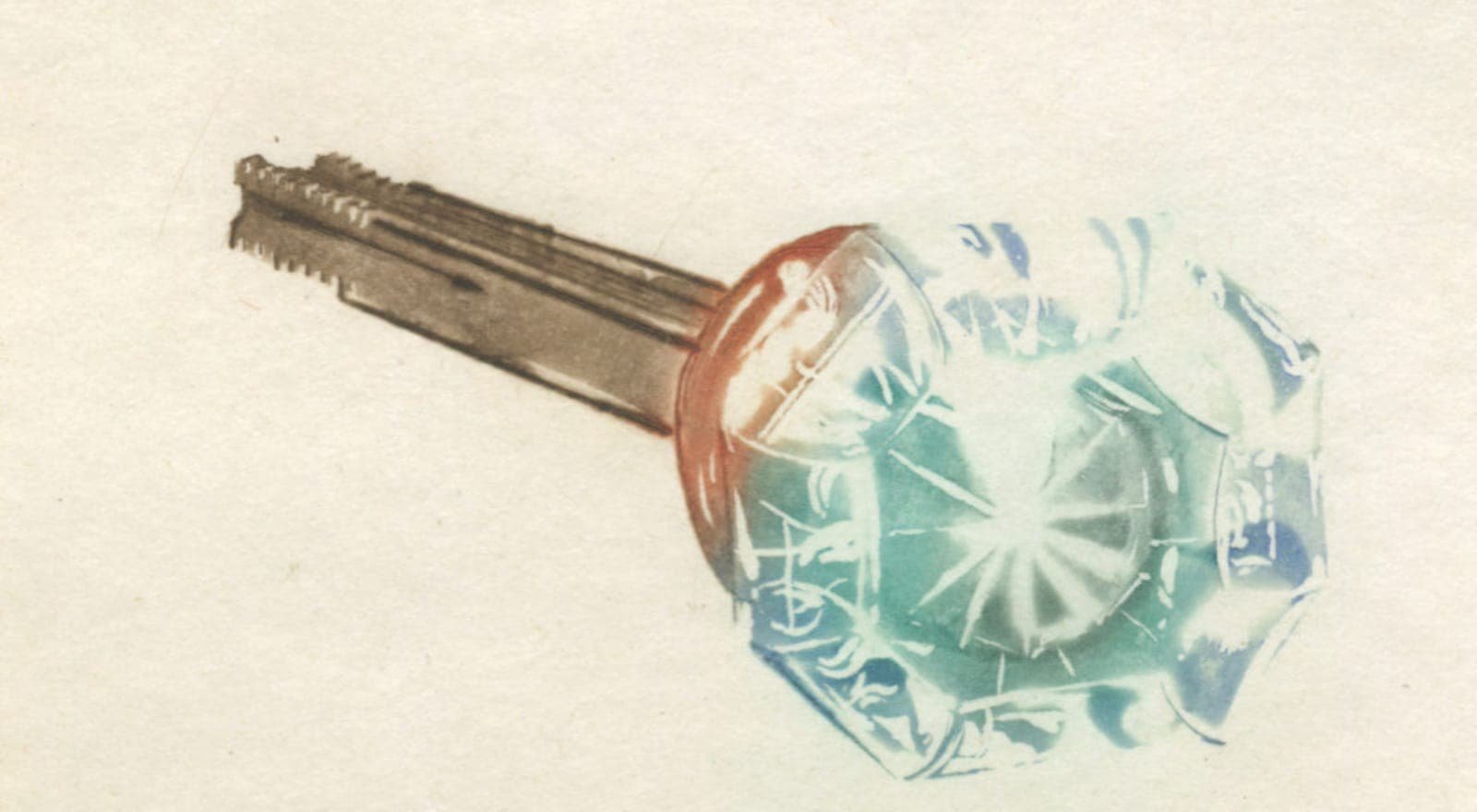In etching, the artist covers a metal plate (usually copper) with a resinous substance (or "ground") that is acid-resistant. The artist then "draws" on the ground with a sharp needle. Wherever the needle is applied the ground is removed, so that in an acid bath those exposed lines are eaten away, or etched.
Read MoreEtching
